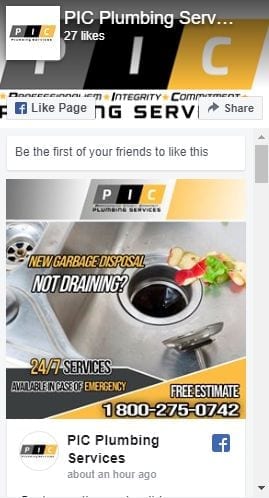Can you imagine if your sewer contents backflow to your home? Aside from being disgusting and repulsive, it leaves your entire water system unusable. The more troubling concern here is that a backflowing sewer could be a symptom of an even more significant underlying problem with the sewer or plumbing systems of your home.
Typically, sewer contents backflow when there is a clog that prevents wastewater from passing through to the sewage plant. If you are faced with this situation at home, it is crucial to call an emergency plumber to diagnose the problem and make the necessary repairs.
Why sewer content backflows
You might be wondering why sewer contents go against the flow and end up backflowing into your drainage. There are various reasons this happens, but it typically follows four stages:
Wastewater gets blocked by a blockage
When there is a blockage, wastewater can’t flow past it and end up stuck in your sewer systems. There are various causes of obstruction, including debris, tree roots, or damaged sewer systems. Regardless of the reason, the obstruction impedes flow, which results in the restriction of proper wastewater disposal.
Wastewater accumulates in the sewer line
Since a blockage prevents the wastage from going anywhere, it will start to accumulate inside the sewer system. When you’re unaware of the clog, the amount of time that it is left untreated will increase the build-up whenever you use water.
Wastewater exits a release point with the lowest height
When your sewer system gets filled to the brim with wastage, the water will find a discharge point, typically the lowest level drainage in your home. Check your basement drain or your house’s lowest point if there are signs of backflow.
Wastewater continues to cause damage if left unattended
When sewer water keeps accumulating, it might connect to your drain line and flow through your plumbing fixtures. Because of that, you might find several clogged drains or gurgling toilets. Aside from the inconvenience of a clogged drainage system, it can also emit ghastly odors that are enough to make you feel nauseated because the wastewater contains toxic and hazardous contaminants.
When facing such a situation, it is best to call a commercial plumber to assess the problem and fix it before you end up in an irreversible mess.
What happens after hiring emergency plumbing services
After you’ve called a plumbing contractor, you need to cooperate with them to determine the root cause of the backflow to expedite their work progress.
They’ll ask you questions
Emergency plumbers will first want to determine how long the problem existed and what other problems you’re experiencing. Also, they’ll ask whether or not such issues have occurred in the past to help uncover more severe problems.
They’ll test plumbing fixtures
Plumbing fixtures are functional determinants of your sewer system. Professionals will do a series of tests to see how your fixtures react to determine the problem.
They’ll inspect your sewer systems using a specialized camera
Professional commercial plumbers can conduct a pipe and sewer line inspection via camera. In doing so, they’ll get a more in-depth look inside your sewer system and plan necessary actions to help solve the problem.
Conclusion
At this point, you now know what happens to your sewer systems when there is backflow and what happens after hiring experts. If you’re in need of plumbing services in San Diego, schedule an appointment with us today to see how we can help!


